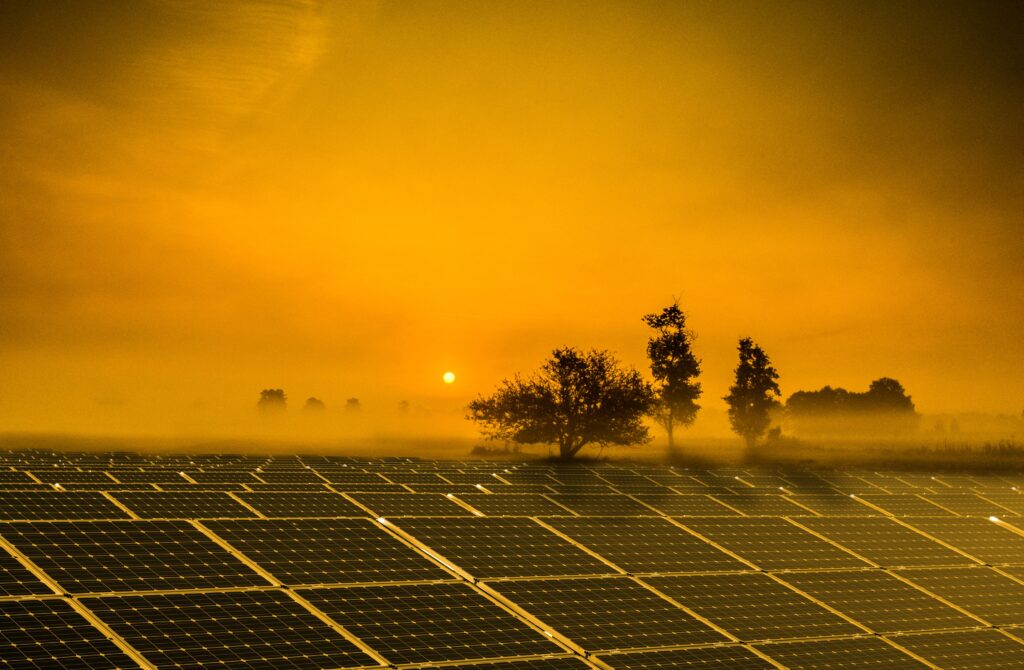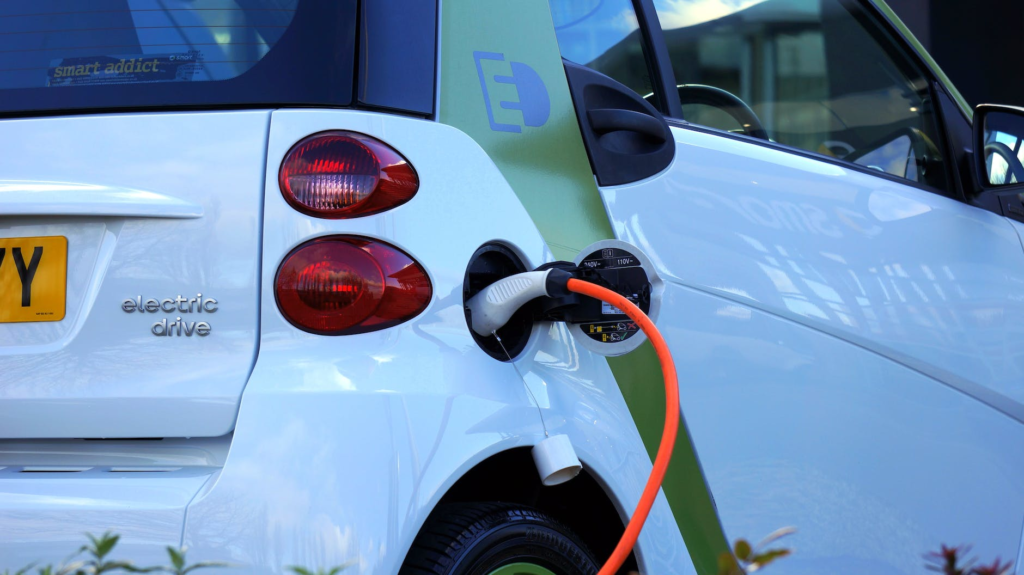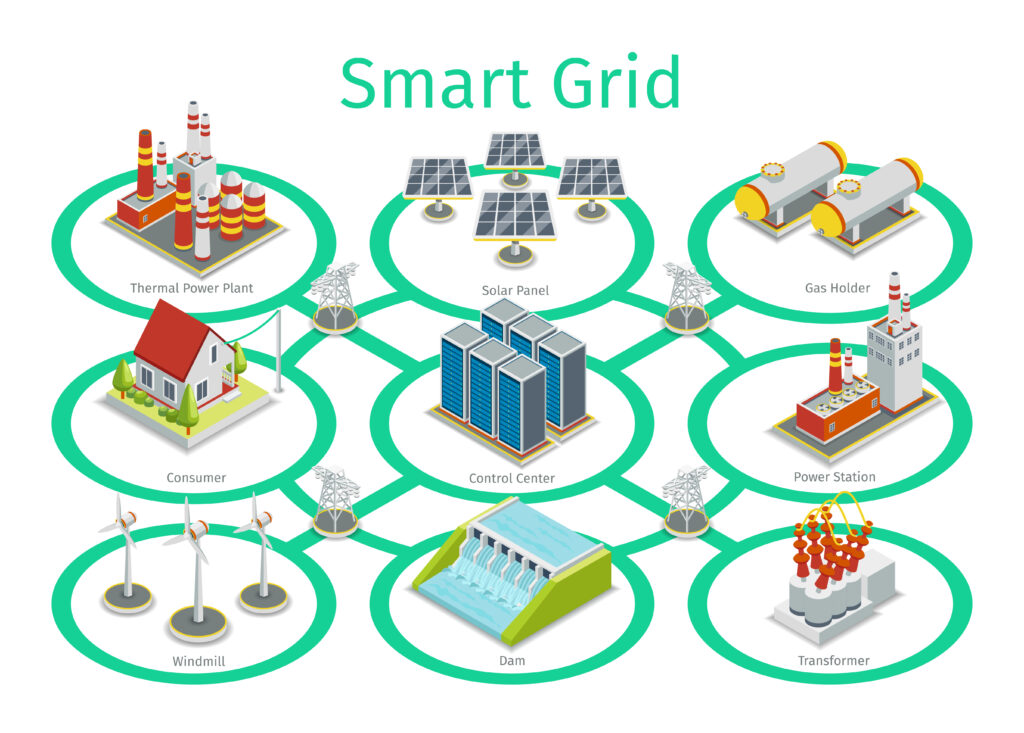
“Discover the immense potential of investing in USA’s clean energy for a greener and sustainable future. Explore strategic initiatives, from solar power and wind energy projects to electric vehicle adoption and grid modernization, driving positive environmental impact and fostering economic growth.”
Table of Contents
Introduction
There has been a notable shift in American investments in clean energy as a result of climate change and the urgent need for sustainable energy alternatives. The United States plays a crucial role in reducing climate change and implementing a greener future as the country with the largest economy in the world. In this essay, we’ll examine seven audacious and significant steps that might spur investment in the clean energy industry in the USA while highlighting the importance of establishing a sustainable future and its possible advantages.
1. Investing in Solar Power Infrastructure

The USA is a prime location for solar energy generation due to its enormous landmass and plentiful sunshine. The nation may make one of the most significant decisions by investing in solar power infrastructure. This entails the creation of substantial solar farms and the marketing of home solar energy systems. Solar energy projects can be financially viable for both companies and homes with the help of federal tax incentives and grants. Furthermore, promoting research and innovation in solar technology can result in more effective and affordable solutions, establishing solar energy as a dependable replacement for fossil fuels.
2. Advancing Wind Energy Projects

The wide plains and long coasts of the United States are rich in wind energy potential. Making a bold investment in wind energy projects can also have a big influence on the switch to sustainable energy. The nation may tap into a sustainable and emission-free energy source by placing wind turbines in key sites. Research and development projects must concentrate on increasing turbine efficiency and reducing costs if they want to improve this industry. Government and business sector cooperation can promote the growth of wind farms and hasten the transition away from fossil fuels.
3. Promoting Electric Vehicle Adoption

In the USA, transportation is a significant source of carbon emissions. Encouragement of the widespread use of electric vehicles (EVs) has the potential to change the automotive industry and drastically cut emissions. Government spending on EV infrastructure, such as the development of charging and battery-swapping stations, is necessary to accomplish this. Consumers may be persuaded to transition to EVs by financial incentives like tax credits and rebates, and legislation requiring automakers to meet tighter pollution standards may further encourage the adoption of sustainable transportation.
4. Developing Energy Storage Solutions
The intermittent nature of renewable energy sources is one of its difficulties. Energy storage solution investment is essential to solving this problem. Excess energy produced during periods of peak production may be stored using advanced battery technology and other cutting-edge storage systems, and it can then be released when there is a high demand. Even when the sun is not shining and the wind is not blowing, energy storage assures a steady and regular supply of electricity from renewable sources. To make renewable energy more dependable and resilient, policymakers and investors must to give priority to research and development in energy storage.
5. Modernizing the Grid Infrastructure

The effective integration of renewable energy into the current power infrastructure depends on an effective and contemporary energy grid. Inefficient grid infrastructure can cause energy losses during transmission and impede the growth of sustainable energy projects. Investing in smart grid technology makes it possible to monitor and regulate the distribution of energy in real-time, maximizing power flow and reducing waste. A modernized grid may also support a variety of renewable energy sources, such as hydroelectric, geothermal, solar, and wind, providing a smooth transition to a cleaner energy mix.
6. Supporting Green Innovation and Startups
Investing in clean energy extends beyond conventional channels; it also entails encouraging green innovation and assisting new businesses in the field. Technological innovations frequently come from young, creative businesses. Giving them financial aid, grants, and money for research helps hasten the creation of cutting-edge ideas and technology. The establishment of beneficial regulations and the promotion of an environment that supports clean energy entrepreneurship are important roles that the government may play. The United States can maintain its leadership position in clean energy developments and promote economic growth by making these investments.
7. Fostering International Collaborations
A global effort is needed to combat climate change, and this needs international cooperation. The USA can set an example and encourage international cooperation in sustainable energy programs as a major participant on the global scene. The USA can have a significant effect on the worldwide shift to clean energy by cooperating with other nations and exchanging information, best practices, and resources. Participating in international agreements and collaborations may create win-win situations for all parties involved by opening doors for cooperative research initiatives, technology transfers, and investment possibilities.
Conclusion
In conclusion, it is essential to invest in the renewable energy industry in the United States. A cleaner, greener, and more sustainable future may be made possible by the audacious and significant actions mentioned in this essay. The USA can lead the charge towards a low-carbon economy by concentrating on solar power infrastructure, advancing wind energy projects, encouraging the adoption of electric vehicles, developing energy storage solutions, modernizing the grid infrastructure, supporting green innovation and startups, and fostering international partnerships. Adopting these steps will improve energy security, spur economic growth, and protect the environment while also opening up new job possibilities. The USA can play a significant role in creating a brighter and more sustainable future by investing in renewable energy.
Frequently Asked Questions (FAQ)
1. Why is investing in clean energy important for the USA?
Investing in clean energy is crucial for the USA to combat climate change and reduce its greenhouse gas emissions. Transitioning to cleaner energy sources not only benefits the environment but also presents significant economic opportunities and job growth. It can enhance energy security, reduce reliance on fossil fuels, and position the USA as a leader in the global clean energy market.
2. What are some of the clean energy sources the USA can invest in?
The USA can invest in various clean energy sources, including solar power, wind energy, hydroelectric power, geothermal energy, and bioenergy. Each of these sources has unique advantages and can play a significant role in the country’s transition to a greener energy mix.
3. How can investing in solar power infrastructure make an impact?
Investing in solar power infrastructure allows the USA to harness its abundant sunlight and generate clean electricity. By developing large-scale solar farms and promoting residential solar installations, the country can reduce its reliance on fossil fuels and lower carbon emissions. Financial incentives and research in solar technology can further solidify solar power as a reliable alternative.
4. What benefits can come from advancing wind energy projects?
Advancing wind energy projects allows the USA to tap into a renewable and emission-free energy source. By erecting wind turbines in strategic locations, the country can generate clean electricity. Improving turbine efficiency and lowering costs through research and development can accelerate the transition to wind energy, reducing the environmental impact of traditional fossil fuels.
5. How can promoting electric vehicle adoption help in the fight against climate change?
Promoting electric vehicle adoption can significantly reduce carbon emissions from the transportation sector. Electric vehicles produce zero tailpipe emissions and contribute to improved air quality. By investing in EV infrastructure and offering financial incentives, the USA can incentivize consumers to switch to clean transportation options.
6. Why is energy storage essential for the success of clean energy initiatives?
Energy storage solutions are critical because renewable energy sources like solar and wind are intermittent. By developing advanced battery technologies and storage systems, excess energy can be stored during peak production and utilized during high-demand periods. This ensures a stable and consistent power supply from clean sources, reducing the need for backup fossil fuel power plants.
7. How can modernizing the grid infrastructure contribute to the clean energy transition?
Modernizing the grid infrastructure enables efficient integration and distribution of clean energy. Smart grid technologies allow real-time monitoring and control, optimizing power flow and minimizing energy wastage during transmission. This helps accommodate a diverse range of clean energy sources, making the transition to a greener energy mix more seamless.
8. What are the potential economic benefits of investing in clean energy?
Investing in clean energy can stimulate economic growth by creating new job opportunities in the renewable energy sector. It can also drive innovation, attract investments, and enhance the competitiveness of the USA in the global clean energy market. Additionally, a shift towards clean energy can reduce healthcare costs associated with air pollution, leading to long-term economic savings.

